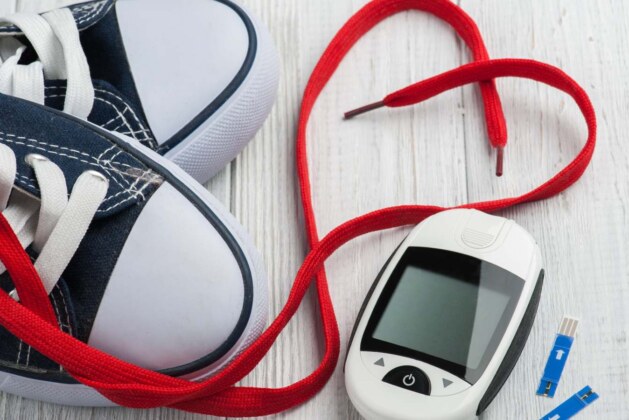[ad_1]
Diabetes can lead to other health problems, including damage to the nerves and blood vessels in the feet. In such a situation, bad shoes can also put diabetics at risk of foot ulcers. For this diabetic patients should be careful while buying shoes. Investing in shoes that are too tight or too loose can put you at risk for injury and further problems.
Do not wear bad shoes
According to a study by the University of Dundee, around a quarter of people with diabetes around the world wear ill-fitting shoes. “Wearing shoes that are too short or too wide can cause blisters that turn into infected sores. Foot care is important in the treatment of diabetes. It is very important for diabetics to wear the right shoes to avoid any foot injuries that could threaten the joints.
So what is the right time to buy shoes?

According to the Spine Injury Center of India, for foot and ankle, it is recommended to take it in the evening. This is because your feet swell during the day, and when you buy shoes in the evening, the shoes are the maximum size for your feet, and the feet get the space they need to breathe.
Don’t buy shoes tomorrow
According to the NCBI 2019 report, during the day there is a liquid formula in the body, especially in the feet and hands, due to the increase in salt and sugar. If you buy shoes early in the morning, chances are that the shoes are too tight. This rule applies not only to diabetes, but to everyone. The size of the legs usually increases in the evening due to fluid retention,” he said.
3 The right shoes for diabetes
For diabetic patients, it is recommended to wear wide and breathable shoes and not suffocating and tight. The shoes given to diabetic patients are called adjustment shoes because the diabetic feet may have some kind of deformity or injury. These shoes take care of the pressure areas that get worse when you have neuropathy.
These specially designed shoes will have “arch support, cushioning around injury risk points, and cushioning in the ball of the foot, which are effective in reducing pressure. There are shoe inserts, arch supports, or shoe fillers such as lifts, heels, and heels that can be ordered.
These shoes contain flexible materials such as silicone, EVA (ethylene and vinyl acetate) or suede. A great diabetic shoe should have a shock-absorbing sole and no sharp edges to reduce pressure on the bottom of your foot.
Also read: The color of the neck has darkened due to tanning, so brighten it up with these 7 tips
[ad_2]



Leave a comment